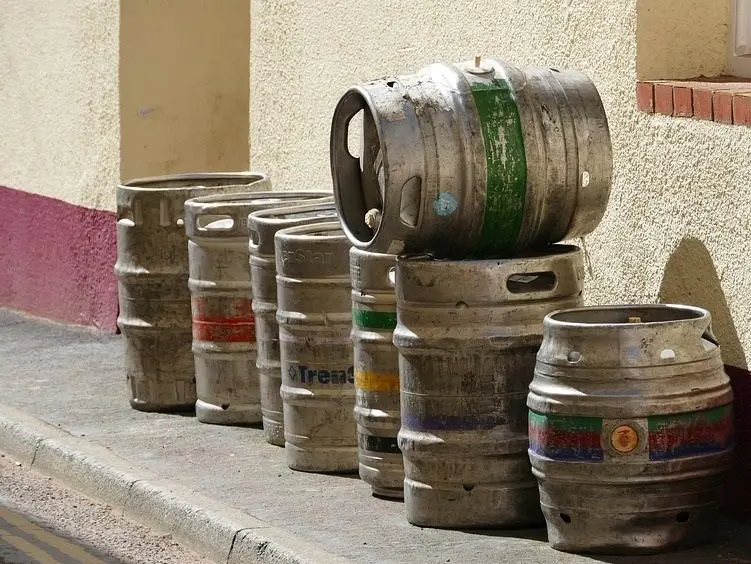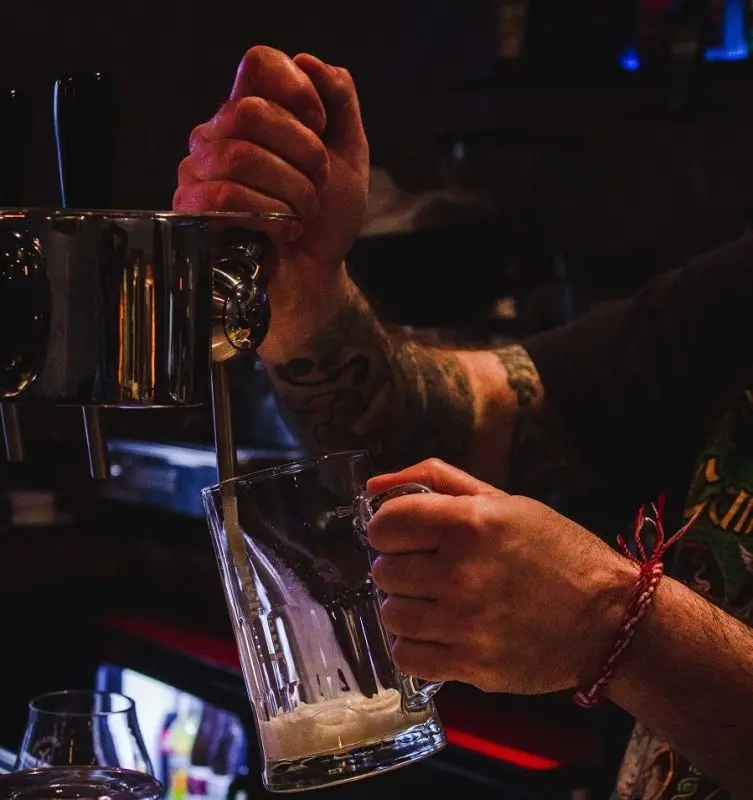Draft beer is valued for its freshness and pleasant taste. In specialty stores today, you can find craft brewery products in a wide variety of styles, including IPA, Porter, and Staut. Such drinks are usually bottled in plastic bottles and sealed with airtight corks. Next, we will figure out what is the shelf life of draft beer and whether it can be taken as a reserve.
How beer is stored at points of sale
Stores usually sell pasteurized beer, which stays fresh for six months or more. In large factories, the drink is heated, which leads to the death of microorganisms.
Another method of disinfection is thorough filtration. The beer is passed through a system of filters that retain yeast residues and other impurities. Some high-alcohol varieties do not spoil for very long. Strong stouts, porters, and Belgian ales can be stored for up to a year and a half, as the alcohol prevents the growth of fungi.
With draft beer, the situation is much more complicated. The drink is delivered to bars and points of sale in kegs, which the seller must store at a certain temperature:
- strong varieties – from 13 to 15 ° C;
- “live” beer – from 2 to 5 ° C;
- non-alcoholic – from 7 to 10 ° C.
It is very important to follow the regimen, as at too low temperatures the taste will deteriorate. A room that is too warm promotes the growth of microorganisms, so the beer spoils quickly. At points of sale, customers are usually offered “live” varieties. This means that viable yeast cultures are preserved in the beer, the product does not undergo pasteurization and does not contain preservatives.

The shelf life of draft beer is set by the manufacturer. According to Russian standards, the supplier is obliged to provide wholesale buyers with a technological instruction indicating the rules for transporting and storing products. “Live” varieties are supposed to be stored in isothermal containers under CO2 pressure. In the delivery documents, the manufacturer indicates the expiration date during which the drink must be sold.
Beer can be stored in closed kegs for up to a month. During this period, the drink does not lose its qualities and remains fresh. When the tank is opened, a lot depends on the equipment of the bar or outlet. If the system is pressurized with carbon dioxide, then the beer should be sold within a maximum of a week, but 3-4 days is generally considered ideal. If the beer comes into contact with air, it loses its properties after 9-10 hours.
How long does beer last in plastic bottles?
Beer is bottled in dark plastic bottles. The drink is fed to the faucet under pressure of carbon dioxide from cylinders. Sometimes sellers use a gas mixture with the addition of nitrogen. In the future, the bottle is tightly sealed with a plastic stopper, so the drink has minimal contact with oxygen.
If you plan to store containers for a certain time, check with the seller about the type of beer. The drink does not necessarily turn out to be “alive” – filtered and even pasteurized varieties are often bottled in stores.

Closed bottles of unfiltered beer can be stored for up to 5 days. Drink with active yeast should be consumed a maximum of three days.
So that beer does not lose its properties:
- store containers in the refrigerator in an upright position;
- do not place bottles in compartments on the door to avoid temperature fluctuations;
- do not leave the beer in the light, as the sun’s rays promote the activity of microorganisms.
The seller will always assure that the drink is fresh, but this statement is rarely true. Kegs can be stored for a long time, and it is unlikely that a retail outlet orders a daily supply of products. However, with the right temperature, the drink does not lose its qualities.

The most common cause of beer spoilage is a dirty bottling system. On the pipeline and taps without proper care, yeast residues and microparticles of dirt accumulate, which can get into a plastic bottle and cause intestinal upset.
The first sign of spoiled beer is an unpleasant, musty or putrid smell. The taste of such a drink will differ from the original bouquet for the worse, most often sour, grassy or metallic notes appear. The abundance and complete absence of foam, flakes or sediment in the bottle are good reasons to refuse a purchase. Always find out the bottling date and expiration date of beer in kegs. In reliable establishments, they will easily present documents and provide the necessary information.









